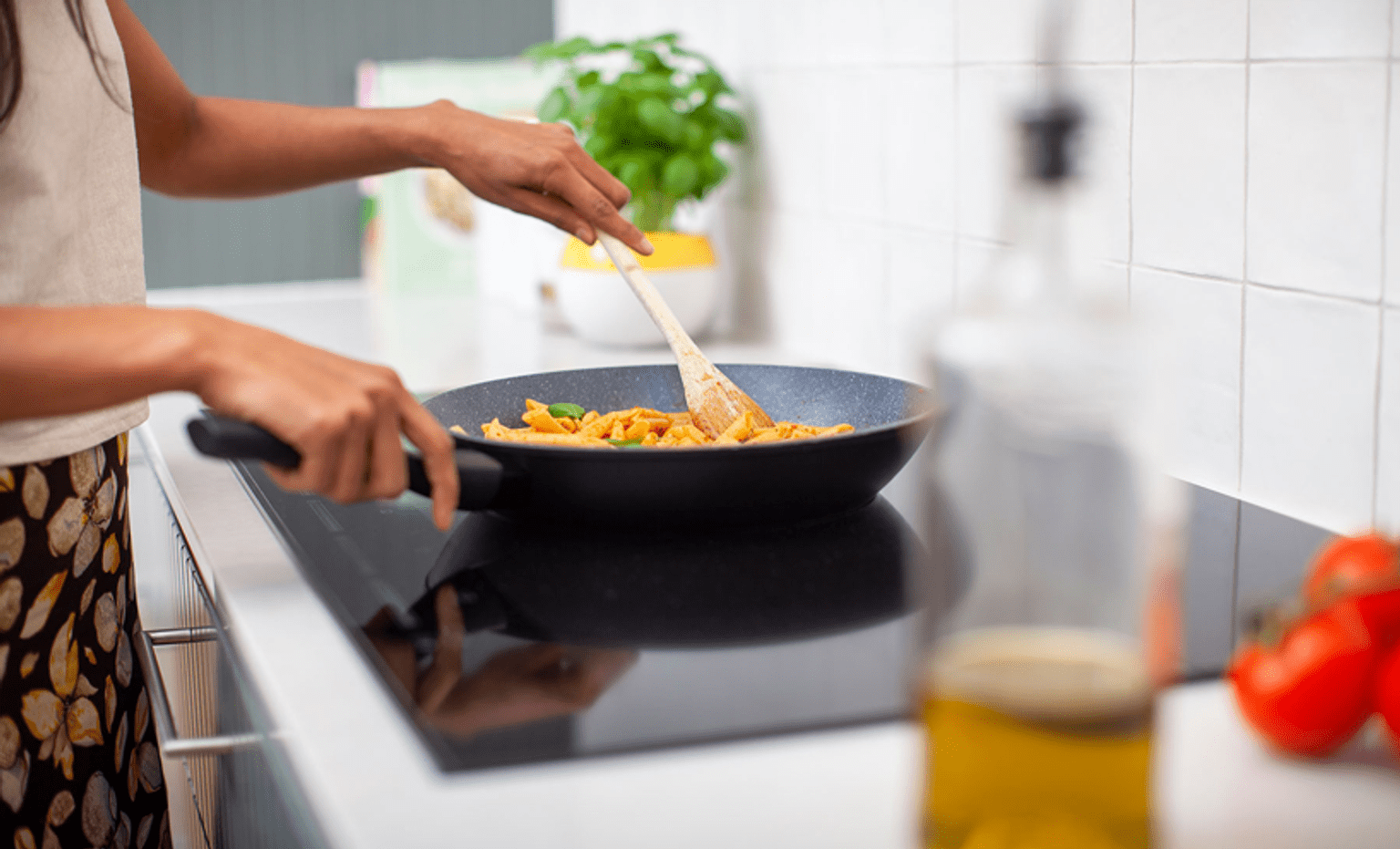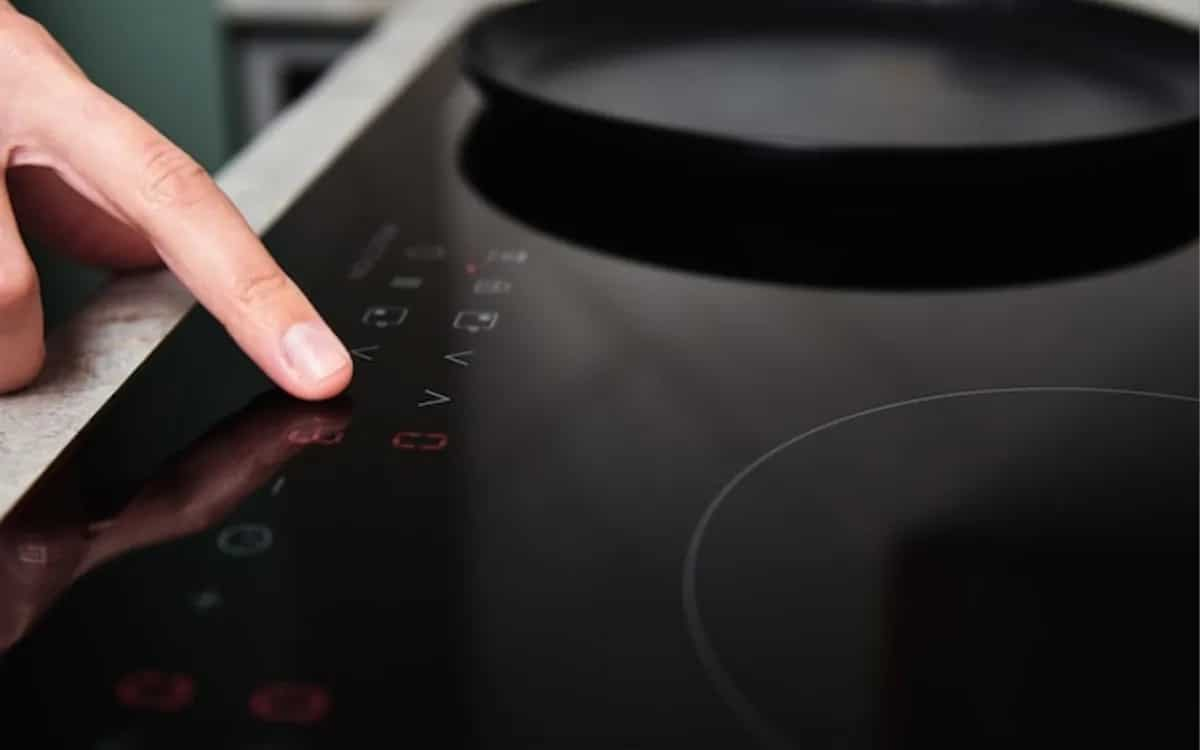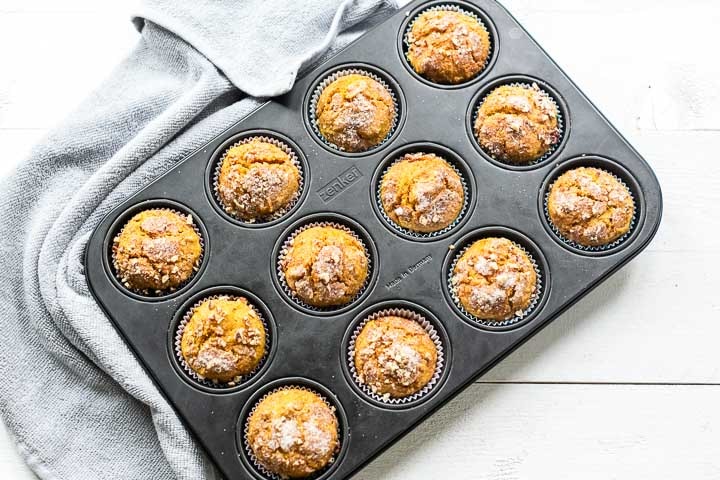As a seasoned kitchen professional, the transition to induction cooking may seem like a daunting leap. But fear not, for cast iron induction cooking hacks are here to empower your culinary endeavors. By leveraging the unique characteristics of cast iron on induction cooktops, you can elevate your cooking game to new heights.
Understanding the synergy between cast iron and induction cooktops is crucial. Cast irons inherent ferromagnetic properties make it a natural fit for induction cooking. This compatibility allows for efficient heat transfer, resulting in evenly cooked meals. However, mastering this art requires a nuanced approach, which we'll delve into in this comprehensive guide.

Why Cast Iron and Induction Are a Match Made in Heaven
Induction cooking offers precision and speed, a boon for any professional kitchen. When paired with cast iron, these benefits multiply. Cast iron retains heat exceptionally well, a characteristic that complements the rapid heating capabilities of induction cooktops. This combination allows for quick sears and consistent cooking, ideal for busy kitchen environments.
Moreover, the robustness of cast iron ensures longevity, making it a worthwhile investment for those who demand the best from their cookware. To explore more about how cast iron can be seasoned and maintained, check out our article on re-seasoning cast iron.
Prepping Your Cast Iron for Induction
Before diving into the realm of induction cooking, it's essential to ensure your cast iron is in top-notch condition. Start by inspecting the base of your cookware. A flat surface is crucial for optimal contact with the induction cooktop, ensuring even heat distribution.
If your skillet or pot has a rough base, consider smoothing it out with a fine-grit sandpaper. This simple hack can prevent hot spots and improve cooking performance. Additionally, maintaining a well-seasoned surface will not only enhance non-stick properties but also prevent food from sticking, making cleanup a breeze. For tips on minimizing cleanup, read our guide on induction cooking cleanup.
Maximizing Efficiency with Induction and Cast Iron
Once your cast iron is prepared, consider these hacks to maximize efficiency:
1. Preheat with Precision
Induction cooktops heat rapidly. To avoid burning your food, start with a lower heat setting and gradually increase as needed. This approach gives you greater control, especially when searing meats or sauting vegetables.
2. Use the Right Size Cookware
Ensure your cookware size matches the induction element. Using a skillet or pot that's too large can lead to uneven heating. Conversely, a smaller pan can overheat quickly. Balance is key.
3. Leveraging Residual Heat
One of the advantages of cast iron is its ability to retain heat. Once you've finished cooking, you can turn off the induction cooktop and allow the residual heat to keep your dish warm. This method is energy-efficient and perfect for dishes that require resting time.
Troubleshooting Common Issues
Even the most experienced chefs encounter challenges. Here's how to troubleshoot common issues:
Sticking Food
If food is sticking, it may be due to insufficient seasoning. Regularly maintain your cast iron to prevent this issue. Our guide on properly storing seasoned cast iron provides valuable insights.
Uneven Cooking
Ensure your cookware base is flat and that the induction element size is appropriate. Stir your food frequently to promote even cooking.
Additional Resources and Insights
For a deeper dive into the mechanics of induction cooking with cast iron, consider exploring external resources. This comprehensive guide offers expert insights into the compatibility of cast iron with induction cooktops.

FAQs
Can all cast iron cookware be used on induction cooktops?
Yes, most cast iron cookware is compatible with induction cooktops due to its ferromagnetic properties. However, ensure the base is flat for optimal performance.
How can I prevent my cast iron from damaging the induction surface?
To prevent scratching, lift your cookware instead of sliding it across the cooktop. Also, ensure the base is clean and smooth.
Does induction cooking require special cast iron maintenance?
While induction cooking itself doesn't require special maintenance, keeping your cast iron well-seasoned and smooth on the bottom will enhance performance and longevity.





Leave a comment
This site is protected by hCaptcha and the hCaptcha Privacy Policy and Terms of Service apply.